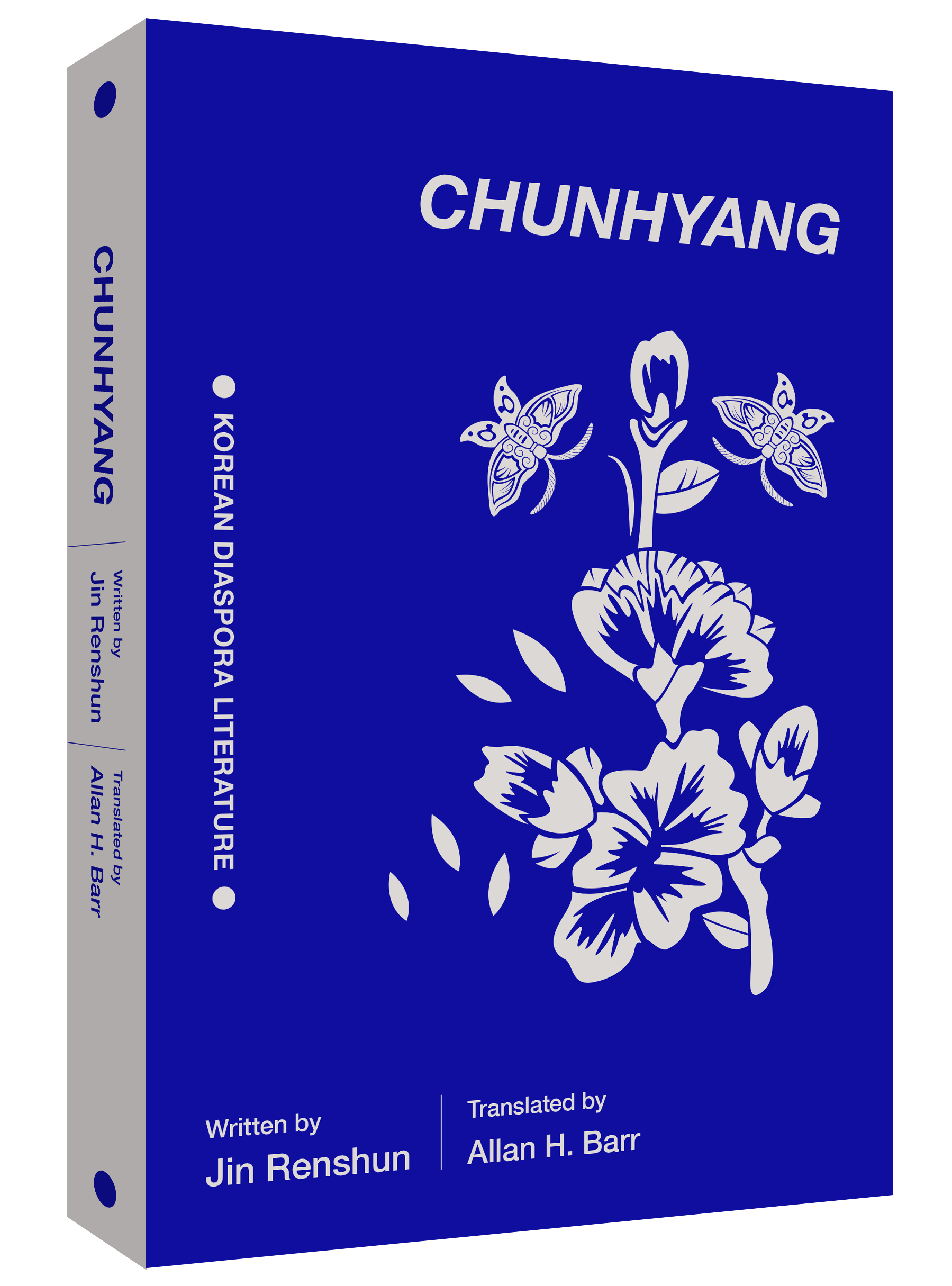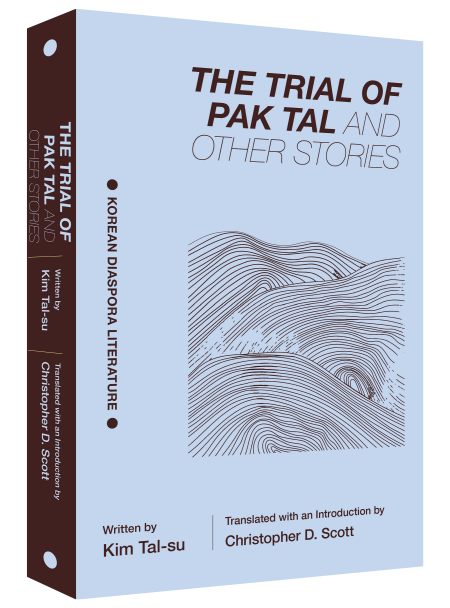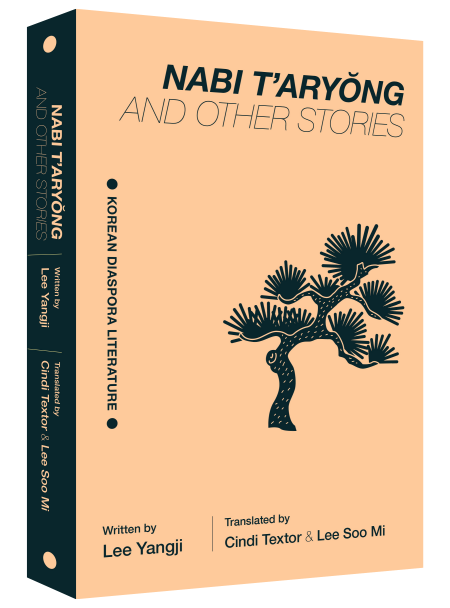Jin Renshun
Jin Renshun: Chunhyang Korean Diaspora Literature
32,90 €*
-
Art.Nr./ISBN: 9781624121456
-
Verlag: Seoul Selection
-
Seitenzahl: 336
-
Einband: Softcover
-
Jahr: 2022
-
Sprache: English
-
Medientyp: Book
-
Autor: Jin Renshun
Auf Lager. Versandfertig in 2-4 Werktagen
Produktinformationen "Jin Renshun: Chunhyang"
Central to the Korean pansori musical storytelling tradition is Chunhyangga, an eighteenth-century love story involving the romance between Yi Mongryong, heir to a noble family, and Chunhyang, daughter of a courtesan. In Chunhyang, novelist Jin Renshun reimagines that romance, challenging its premises and taking it in a radically new direction.
Chunhyang is the story of a mother and a daughter’s quests for independence and self-worth in a world where women are too often confined and devalued. Beautifully told, blending lyricism with humor, Chunhyang introduces us to a memorable cast of characters—from powerful officials to orphaned children—and carries us toward a dramatic and poignant conclusion.
Synopsis
Chunhyang’s mother is the daughter of an apothecary, and beautiful beyond compare. While young, she falls in love with a noble official who spends a huge sum of money to build her a house, which comes to be known as Attar Lodge. There Chunhyang is born, and there her mother acquires fame as Lady Hyang, praised by hack writers and pansori (solo lyrical opera) singers alike.
Over time, Attar Lodge becomes the home to a number of other underprivileged people: an abandoned woman, an impoverished gentleman, the son of a singsong girl, the daughter of a thief. Despite their low social status, they enjoy life to its fullest. Their stories attract many visitors, such as lustful businessmen, young men yearning for fame, and arrogant nobles. Yi Mongryong, son of a prominent family, meets Chunhyang by chance at the Dano Festival and is immediately smitten. He mistakes her for Lady Hyang and goes to her mother’s house at midnight. But Mongryong is no different from other men before him: his love interest is no more than a fleeting fancy, for he has other ambitions. Lady Hyang uses hack writers and pansori singers to exaggerate and spread the love story of Chunhyang and Mongryong, turning it into a classic legend. The new Namwon magistrate, Byeon Hakdo, tries to force Chunhyang to marry him. Lady Hyang comes up with a dramatic idea to prevent that from happening, and Chunhyang also makes a decision that is totally different from the one we know in the classic Chunhyangga.
About the Author
Jin Renshun
Her works include the novel Chunhyang, the short story and novella collections Peach Blossom, The Pine Town, and In Commemoration of My Friend Jin Zhi, and the essay collections White as a Lily and Sentient Beings. She has won many honors including the Chunshen Original Literary Award, Junma Literary Awards for Ethnic Minority Writers, Chuang Chung-Wen Literary Award, China Writers Publishing Group Award, Lin Jinlan Short Story Award, People’s Literature Short Story Award, Short Story Award of Selected Stories, Novel Monthly Hundred Flowers Award, and October Literature Award. Her works have been translated into English, Korean, Arabic, Japanese, Russian, German, and Mongolian. She is a member of the presidium of the China Writers Association and chair of the Jilin Writers Association.
About the Translator
Allan H. Barr is a scholar of Ming and Qing literature and prominent translator of contemporary Chinese writing. His published translations include Yu Hua’s China in Ten Words, Han Han’s This Generation, and Ai Weiwei’s 1000 Years of Joys and Sorrows. He is a professor of Chinese at Pomona College in Claremont, California.
Contents
Part I
Lady Hyang
The Hallim Vice Commissioner
Attar Lodge
Chunhyang
Lady Hyang
Gimsu
Sodan
Mr. Bongju
Chunhyang
The Hallim Vice Commissioner’s Widow
The Palace Music Master
Gimsu and I
Mr. Bongju
Part II
Eungil
Sodan and Me
Yi Mongryong
Chunhyang
Yi Mongryong
Chunhyang
The New Prefect
Byeon Hakdo
The Pansori Performer
Oksu the Scholar
Gimsu, or Sapience
Lady Hyang
Chunhyang
Anmelden





